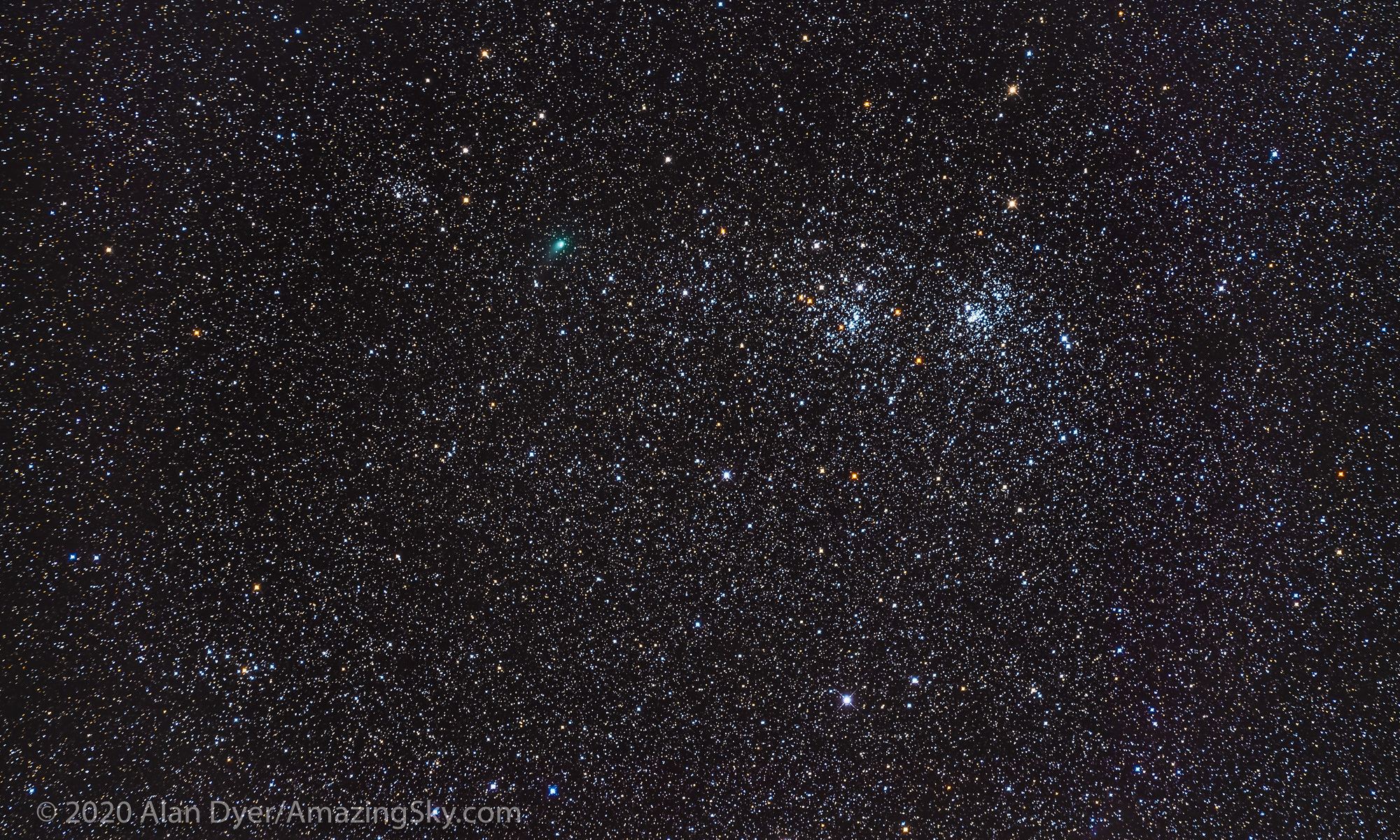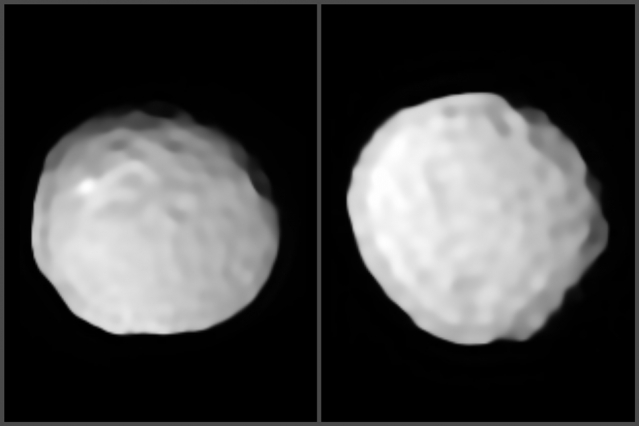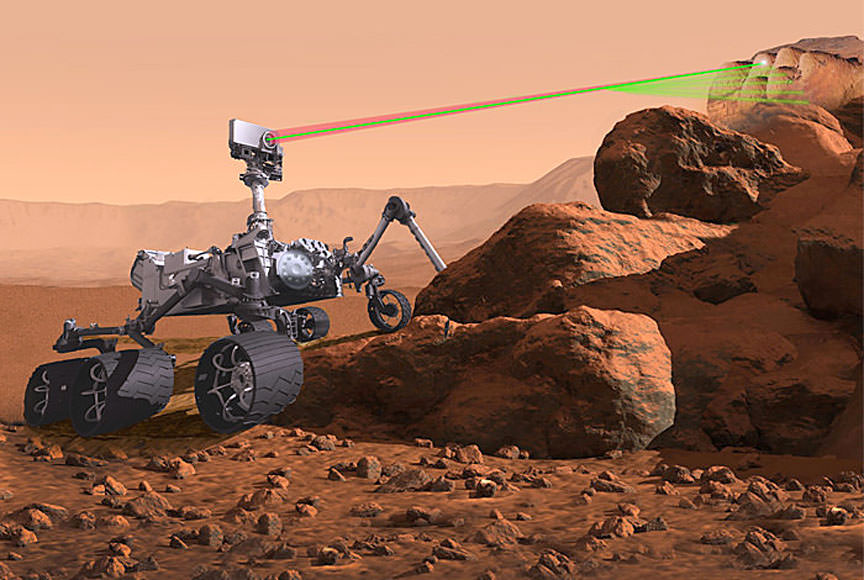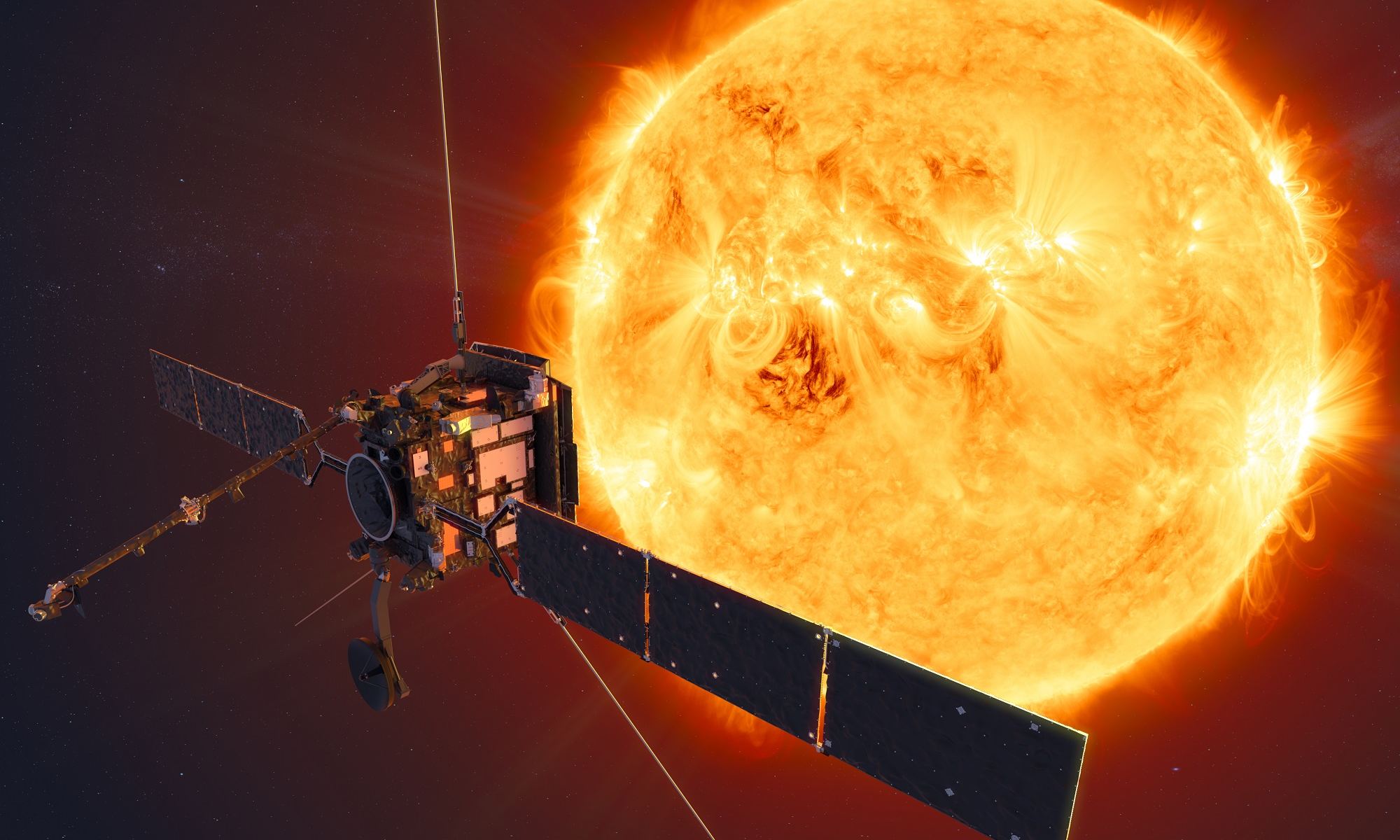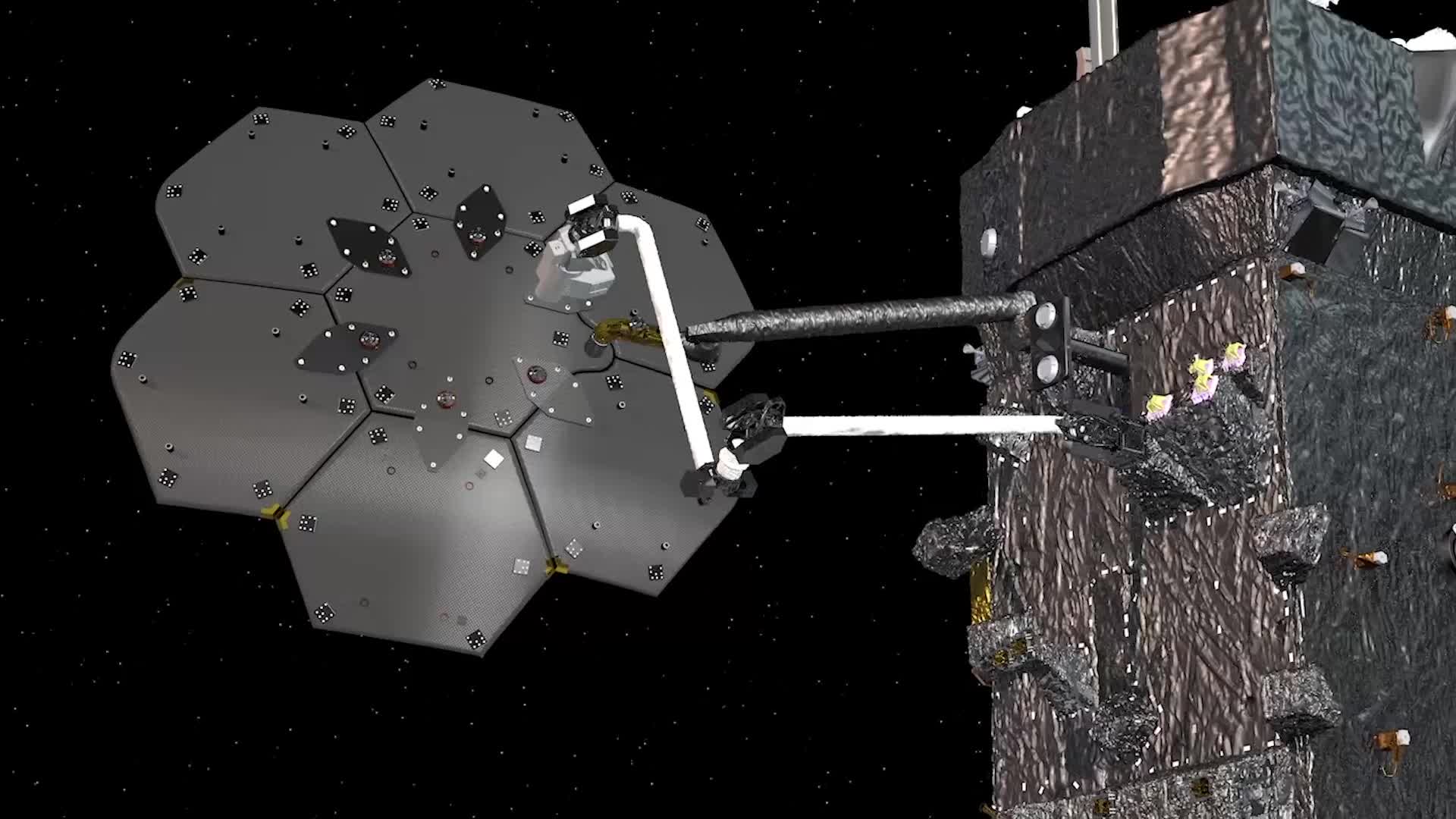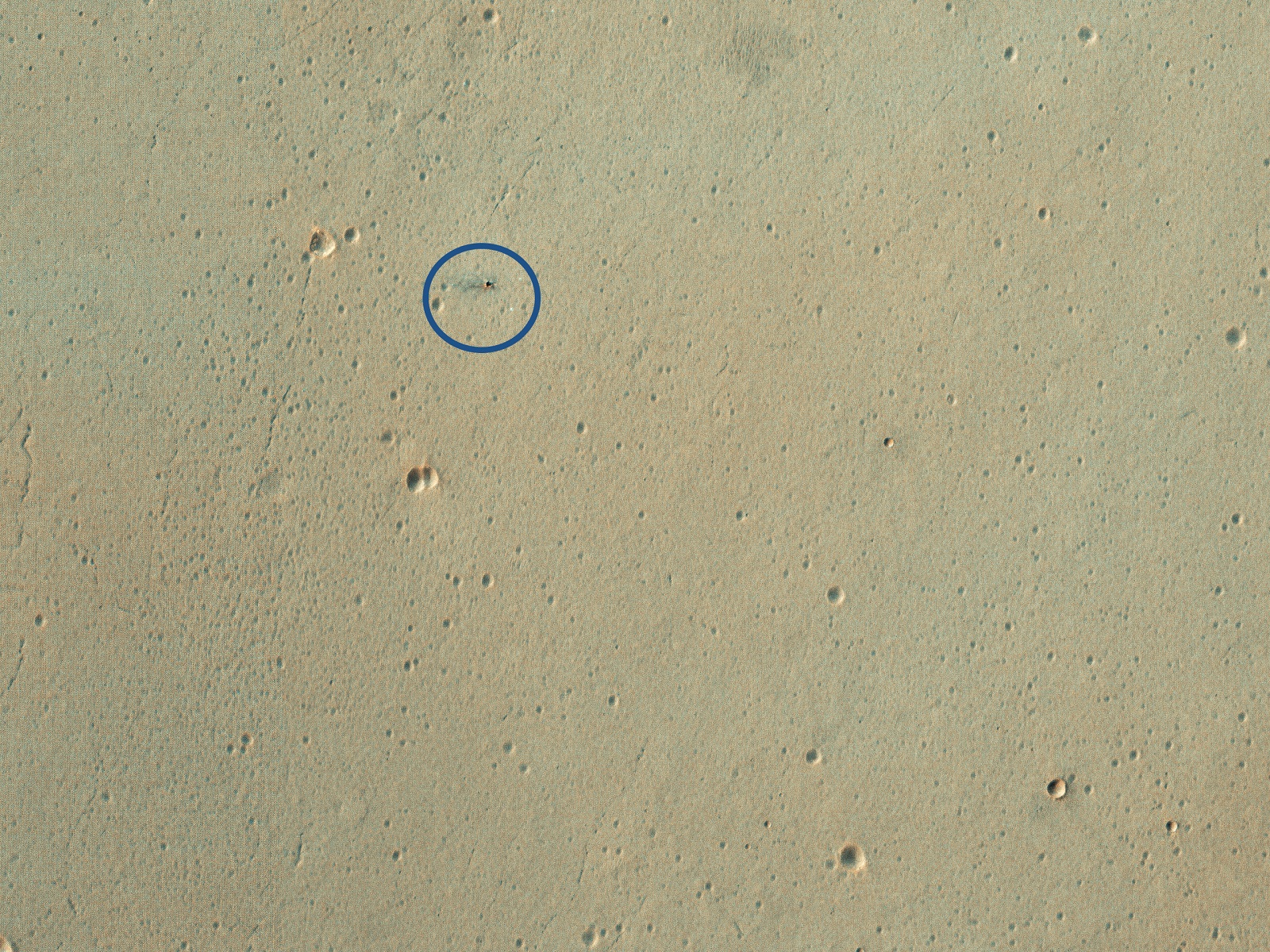Since the 1960s, there has been a general consensus among astronomers and cosmologists that the majority of the Universe is made up of an invisible, mysterious mass (known as Dark Matter). While scientists still haven’t identified the candidate particle that makes up this mass, indirect tests and simulations have shown that Dark Matter must exist in order for the Universe to be the way it is.
In a fascinating twist, a team of European researchers conducted a simulation that looked at a Universe without Dark Matter. Using an alternative theory known as MOdified Newtonian Dynamics (MOND), the team created a computer simulation in which the galaxies were actually very similar to what we see in the Universe today. These findings could help to resolve one of the most enduring mysteries of modern cosmology.
Continue reading “Astronomers Simulated How the Universe Would Look Without Dark Matter”

